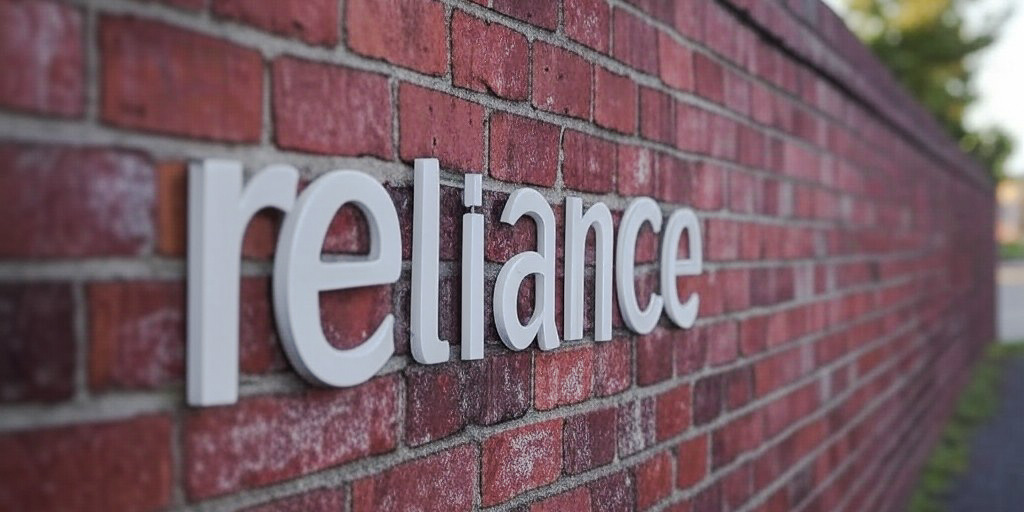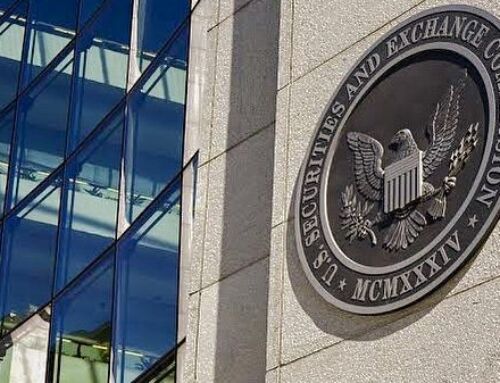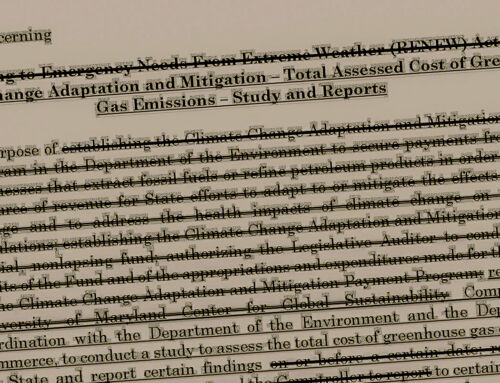View by Topic
Recent Articles
-
EPA Will Keep Current Limits for “Forever Chemicals” in Drinking WaterSaturday, May 24th, 2025
-
Court Indefinitely Pauses SEC Climate Rule LitigationSaturday, May 17th, 2025
-
Maryland is About to Regulate Mold But is the Cart Before the HorseSaturday, May 10th, 2025
-
New Environmental Laws from the 2025 Maryland Legislative SessionSaturday, April 26th, 2025
View by Month/Year
“Green Building Law Update” Headlines
Recent Articles & News from
Stuart Kaplow’s blog
at GreenBuildingLawUpdate.com
- EPA Will Keep Current Limits for “Forever Chemicals” in Drinking Water May 25, 2025
- Court Indefinitely Pauses SEC Climate Rule Litigation May 18, 2025
- Maryland is About to Regulate Mold: But is the Cart Before the Horse? May 11, 2025
- BEPS Redux: The Most Far Reaching Environmental Legislation of the 2025 Maryland General Assembly May 4, 2025
Subscribe to the Green Building Law Update!
Stuart Kaplow brings his expertise and extensive experience to the table with his unique digital publication, "Green Building Law Update". Subscribers receive regular updates to keep them informed about important issues surrounding Environmental Law, Green Building & Real Estate Law, as well as the emerging demand for Environmental Social Governance (ESG).
Get fresh content through the lense of Stuart Kaplow's cutting-edge expertise, innovative commentary and insider perspective. Don't miss another issue! Subscribe below.

Reliance Letters: An Essential Part of Phase 1 Environmental Site Assessments
In the realm of commercial real estate transactions, due diligence is a critical step in assessing and mitigating risks. One essential component of this process is the Phase 1 Environmental Site Assessment, which evaluates the environmental contamination on a property. A key document that facilitates the broader applicability of these assessments is the reliance letter.
What is a Reliance Letter?
At its core, a reliance letter is a legal document that allows a third party to rely on the findings of an existing report or work product. This is particularly significant in environmental site assessments, where the original report may have been prepared for a specific client, but other interested parties such as lenders or subsequent purchasers, desire to depend on its accuracy.
In recent years we have seen a great expansion in the request for reliance letters, by way of example recently our law firm was asked to provide a reliance letter for a sub legal opinion related to the issuance of green financing bonds that carried with them government incentives, and we have had requests for reliance letters on opinions of counsel we have provided for greenhouse gas emission compliance with laws.
The Role of Reliance Letters in Environmental Site Assessments
That noted, reliance letters most often serve a crucial function in allowing third parties to depend on the findings of an environmental consultant’s report. This is important for mitigating associated risks. Without a reliance letter, only the original client who commissioned the Phase 1 assessment could enforce any rights under the report, leaving other stakeholders without legal rights to rely on its conclusions.
Legal Considerations: Privity of Contract
The legal principle of “privity of contract” generally limits enforceability to the direct parties involved in a contract. In the context of environmental site assessments, this means that only the party who commissioned the report could hold the consultant accountable. However, a reliance letter can extend this right to additional parties, ensuring they can rely on the consultant’s findings while also placing additional liability on the consultant should the work be found deficient.
Who Can Request a Reliance Letter?
A variety of parties commonly request reliance letters in the context of environmental assessments, including:
• Lenders – To assess contamination risks before financing a property.
• Purchasers – To ensure they are not acquiring a contaminated property, and to obtain one of the CERCLA defenses.
• The United States Small Business Administration – As part of their loan approval process.
• The Original Client – To allow third parties to use the report as part of a transaction.
What Does a Reliance Letter Include?
A well drafted reliance letter typically contains several key elements:
1. Scope of Reliance – Clearly defines who can rely on the report and under what circumstances.
2. Limitation Language – Manages the consultant’s liability by defining the extent of their responsibility.
3. Evidence of Insurance – May include assurance that the environmental professional carries adequate insurance to cover potential claims.
Cost of a Reliance Letter
The cost of obtaining a reliance letter generally depends on the price of the original environmental assessment. Environmental consultants typically charge between 10% and 20% of the original cost of work to issue a reliance letter. Attorneys, who may have broader risk, often charge as much as 35% of the cost of the underlying work.
Template for an Environmental Reliance Letter
One of the most widely accepted templates for an environmental reliance letter is provided by the U.S. Small Business Administration. Use of that template can avoid protracted negotiation. A typical environmental reliance letter includes the following sections:
1. Introduction – Explanation of the purpose of the letter and the relationship between the consultant and the relying party.
2. Scope of Work – Detailed description of the environmental assessment conducted, including investigations and methodologies used.
3. Findings – Summary of the consultant’s findings related to potential environmental concerns, contamination, and hazardous materials.
4. Assumptions and Limitations – Clarification of any constraints affecting the findings, such as limitations in data or scope of work.
5. Dates – Specification of the dates of the assessment, initial report, any updates, and the duration for which reliance is granted (.. that can be significant because a Phase I report can only be relied on for 180 days).
6. Certifications – Inclusion of relevant professional certifications or licenses held by the consultant.
7. Conclusions and Recommendations – Summary of key conclusions and any recommended actions based on the findings.
Conclusion
Reliance letters, despite being little understood, play a pivotal role in ensuring the credibility and applicability of Phase 1 Environmental Site Assessments. By allowing lenders, purchasers, and other stakeholders to depend on the findings of an existing report, reliance letters facilitate smoother transactions, mitigate risks, and enhance environmental due diligence. As environmental liability continues to be a significant factor in real estate transactions and financing, reliance letters will remain an indispensable tool in the due diligence process.









